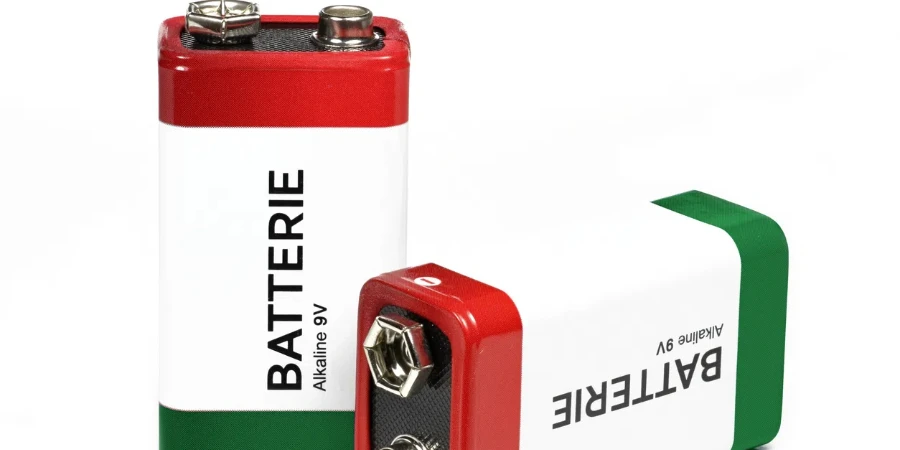Sustainability is not a choice anymore – the availability of limited resources demands us to do something. In this regard, a machine with the potential to revolutionise environmental consciousness step by step comes into the picture. This article aims to cover the concept of thuisbatterij, how it works, who should go for it, how to install it, what is the cost and what are the future prospects in a birds-eye-view. By using this article, we would like to present some easy-to-grasp insights into such a complex topic to assist you in making the decision of adding thuisbatterij to your renewable energy system.
Table of Contents:
– What is thuisbatterij and how does it work?
– Key benefits of installing a thuisbatterij
– Understanding the installation process
– Evaluating the cost: Is it worth the investment?
– The future of thuisbatterij in renewable energy
What is thuisbatterij and how does it work?
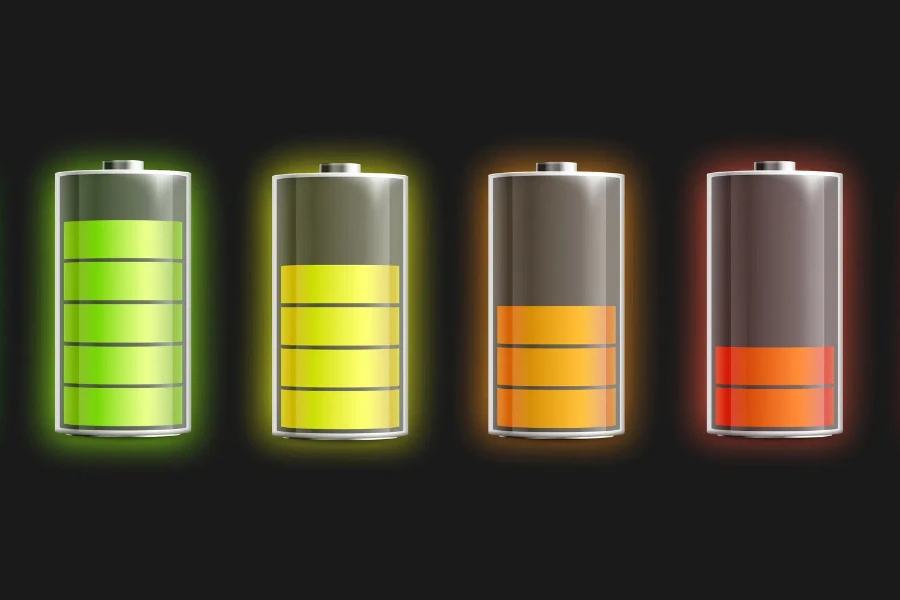
The Dutch name for home battery is thuisbatterij – the connection here with thuis, the word for home, is about the energy you buy from the grid being made at home, on your roof. Thuisbatterij stores surplus electrical energy generated during the day, when solar panels produce abundantly, to be used during peak hours, at night or during power outages. Its main components are the battery, an inverter converting the stored DC energy into usable AC energy, and a management unit to control the operation.
Notably, the technology behind thuisbatterij has changed dramatically, with paramount efficiency of lithium-ion batteries and very long lifecycle, and managed completely through the smart technology, so that the homeowners can follow and control how much they use from the grid, and how much they’d like to use from their stored energy.
Like other solar systems, thuisbatterij systems aren’t one-size-fits-all. The capacity depends on the household’s energy consumption patterns and on what the system is supposed to achieve – for instance, whether it’s intended for backup, cutting energy bills, or maximising solar energy use.
Key benefits of installing a thuisbatterij
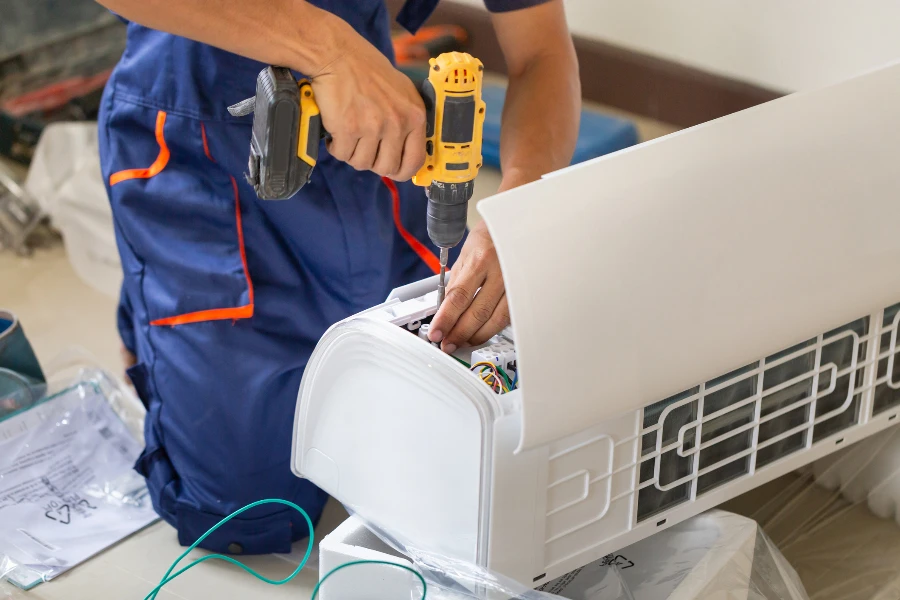
One of the strongest arguments to install a thuisbatterij is the possibility to become energy self-sufficient. The stored solar energy makes the household less dependent on the network. Therefore, energy bills can be reduced considerably, especially if the energy is used during peak hours when electricity rates are at their highest.
Thirdly, there is environmental impact. Thuisbatterij systems minimise the carbon footprint of our energy use by maximising the use of renewables. This is a boon to the entire process of limiting climate change, and an organising principle in society more generally.
Furthermore, thuisbatterij provides invaluable resilience in the event of a power outage; as climate change means more frequent extreme weather, reliable backup power ensures that homes remain livable, safe and comfortable throughout a disruption.
Understanding the installation process

Installation is a meticulous process. First, the home is assessed for optimal potential and the household’s needs and consumption patterns are measured through an energy audit. The size and load of the battery is determined by this audit, as is the recharging schedule.
Upon completion of the audit, the plan is devised, including the layout of the system, its components and its integration with existing renewable generation, such as solar panels. Installers then conduct the installation, ensuring all systems conform with local regulations on safety and codes.
Although thuisbatterij is technically compatible with current solar panel systems, depending on the arrangement, additional components or upgrade might be needed in order to achieve full integration.
Evaluating the cost: Is it worth the investment?
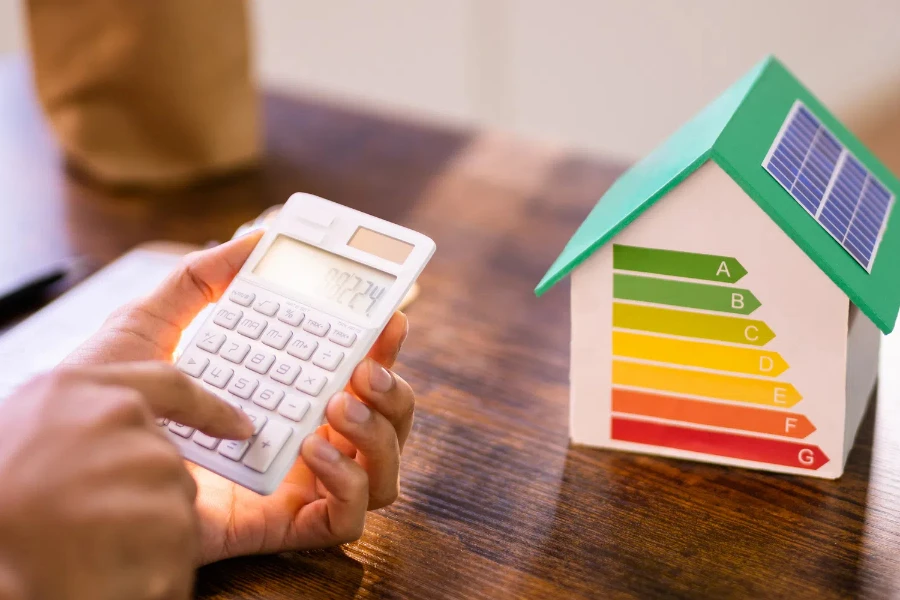
The initial investment in a thuisbatterij system is often an important factor for homeowners. The price has fallen over the years, but it’s still considerable. Yet the question of whether something is worthwhile or not cannot be answered by focusing on the investment.
While it would require a costly up-front expenditure, government incentives and deals in the form of rebates and discounts might cover a substantial part of the cost. Furthermore, the electricity bills and the likely this a financially viable
The payback period depends on various circumstances, including how you use energy, the size of the system installed and the prevailing local electricity prices. But bigger plants and rising energy and battery prices are making the systems more economic to more people.
The future of thuisbatterij in renewable energy
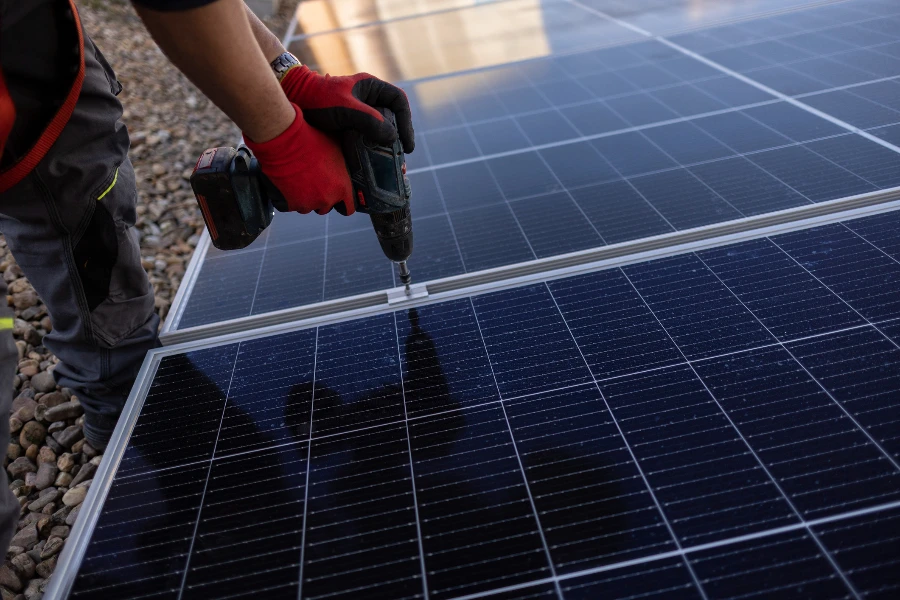
But the role of thuisbatterij (literally: ‘house battery’) in the renewable energy mix will surely grow. As always, technical progress in efficiency, capacity and cost will be a major factor, as will increasing environmental awareness and policy support.
Furthermore, combined with smart grid technology, thuisbatterij could also provide new opportunities for energy management and distribution: households could (in principle) not only become energy-autonomous, but also help to smooth the grid by feeding back excess stored energy.
To sum up, thuisbatterij is a groundbreaking and leading technology at the forefront of the renewable energy revolution, providing a green, resilient, efficient and sustainable source of power for the 21st-century household. If we are to live in a future that works for a sustainable planet, thuisbatterij could one day be the catalyst for this green energy shift.
Conclusion:
Thuisbatterij is the final piece of a puzzle that will change how we use energy in our homes, in a way that is both sustainable and high-tech. Knowing how they work, what they offer and what determines their uptake helps homeowners make decisions that match their values and needs. As the world continues its technological evolution, and the energy future grows more renewable, thuisbatterij systems will contribute to a cleaner, more self-sufficient and resilient energy future.
